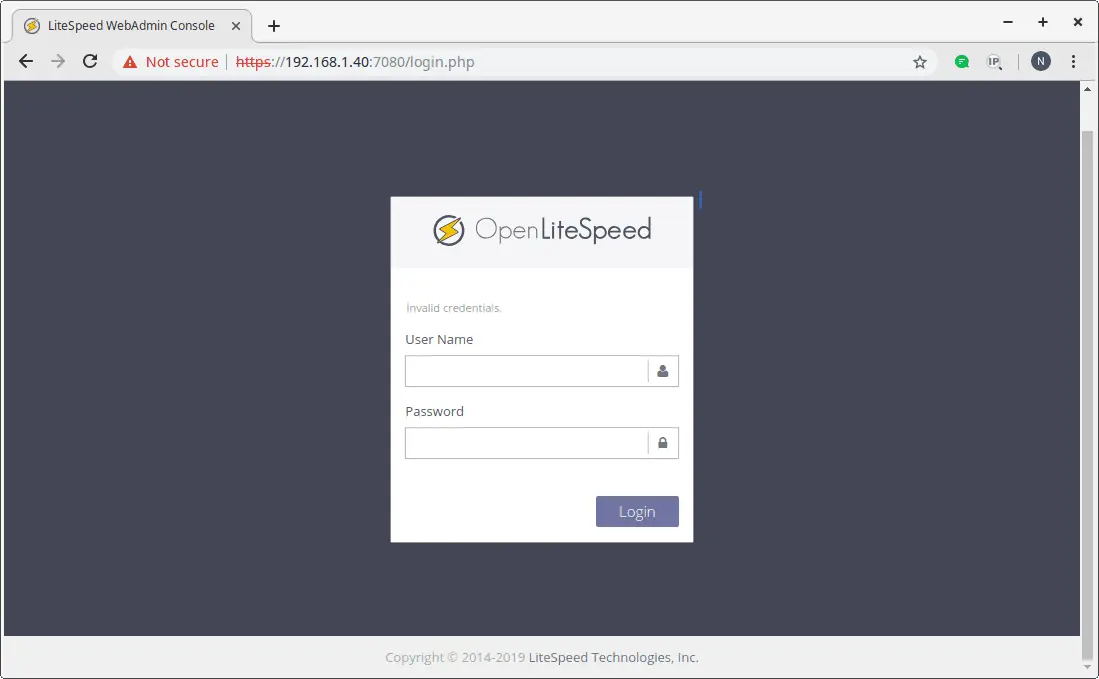In this guide we’ll go through the steps for installing the latest version of MariaDB on CentOS 7.
All Commands – without sudo
yum update -y echo -e "[mariadb]\nname=MariaDB Repository\nbaseurl=http://yum.mariadb.org/10.3/centos7-amd64\ngpgcheck=1\ngpgkey=https://yum.mariadb.org/RPM-GPG-KEY-MariaDB" | tee /etc/yum.repos.d/MariaDB.repo yum install mariadb-server mariadb-client -y systemctl start mariadb systemctl enable mariadb mysql_secure_installation
All Commands – with sudo
sudo yum update -y sudo yum install mariadb-server mariadb-client -y echo -e "[mariadb]\nname=MariaDB Repository\nbaseurl=http://yum.mariadb.org/10.3/centos7-amd64\ngpgcheck=1\ngpgkey=https://yum.mariadb.org/RPM-GPG-KEY-MariaDB" | sudo tee /etc/yum.repos.d/MariaDB.repo sudo systemctl start mariadb sudo systemctl enable mariadb sudo mysql_secure_installation
MariaDB is the default database management system in CentOS 7 and is a drop-in replacement for MySQL. It is an opensource relational database that uses the Structured Query Language (SQL) to manage its data.
Prerequisites
- A CentOS 7 VPS
- Sudo access
Update Your System
Log in as a sudo user and then update your system.
yum update -y
Install MariaDB
At the time of writing this article, the latest version of MariaDB is version 10.3. If you want a different version of MariaDB, go to the official MariaDB repositories page and generate a repository file for the specific MariaDB version you require.
To enable the MariaDB repository, create a repository file named MariaDB.repo and add the following content in /etc/yum.repos.d/MariaDB.repo
[mariadb]
name = MariaDB
baseurl = http://yum.mariadb.org/10.3/centos7-amd64
gpgkey=https://yum.mariadb.org/RPM-GPG-KEY-MariaDB
gpgcheck=1
Install the MariaDB server and client packages using yum.
yum install mariadb-server mariadb-client -y
Now that MariaDB has installed successfully, run the following command to start and enable the service.
systemctl start mariadb
systemctl enable mariadb
To prevent unauthorized access to your database and remove some dangerous defaults run the following command.
mysql_secure_installation
You will be prompted with an option to change the MariaDB root password, remove anonymous user accounts, disable root logins outside of localhost, remove test databases and reload privileges. It is recommended that you answer ‘yes’ to these options to secure the database server.
Verify the Installation
Run the following to test to get info about the installation of MariaDB.
mysqladmin -u root -p version
You’ll see an output similar to what shown below,
mysqladmin Ver 9.1 Distrib 10.3.13-MariaDB, for Linux on x86_64
Copyright (c) 2000, 2018, Oracle, MariaDB Corporation Ab and others.
Server version 10.3.13-MariaDB
Protocol version 10
Connection Localhost via UNIX socket
UNIX socket /var/lib/mysql/mysql.sock
Uptime: 35 sec
Threads: 7 Questions: 16 Slow queries: 0 Opens: 18 Flush tables: 1 Open tables: 12 Queries per second avg: 0.457
Conclusion
We’ve successfully installed and secured MariaDB on your CentOS 7 server. If you have any questions, please feel free contact our technical support.


